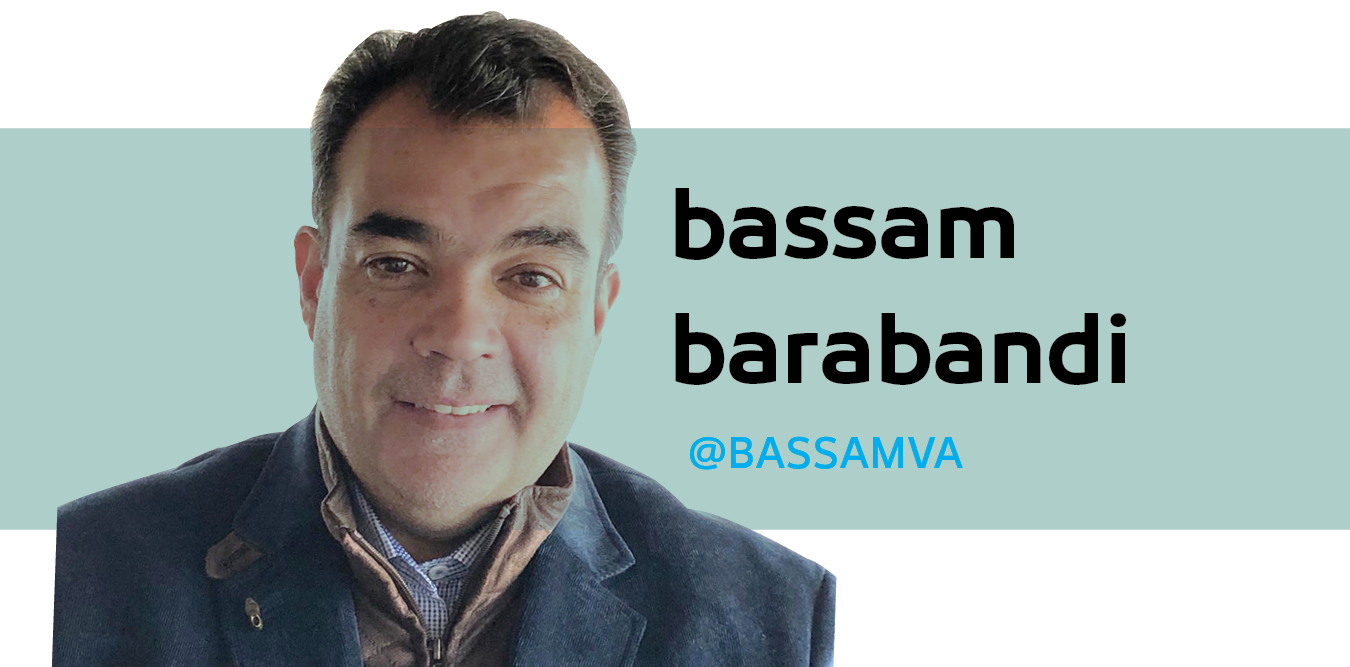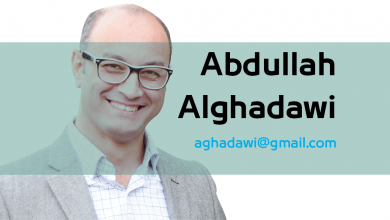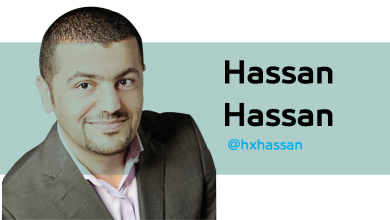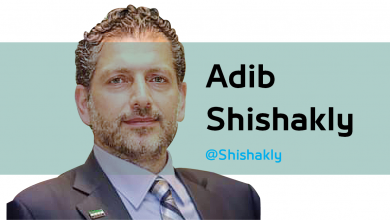How Russia fortified in Syria’s northeastern node

The U.S. administration has explained that its presence in northeast Syria is aimed to prevent the Islamic State (ISIS) from returning back to the region after its defeat in 2017, as well as to monitor Iran and to reinforce the economic and political pressure on Assad. The goal is to start a political process that implements the Security Council resolutions, especially resolution No.2245 which established an internationally approved road map to bring an end to the Syrian tragedy.
Russia, however, considers the American presence in Syria illegitimate, demanding their withdrawal especially from the oilfield region. Although ISIS, the regime and Iran do not present any serious threat to the US, Russian anti-US propaganda is targeting both Arab and Kurdish communities to turn them against American presence and move popular opinion away from the Coalition.
Russia is quite aware that the American presence in the region hinders its plan to solve the Syrian crisis and manipulate its outcome to serve its own interest. Its previous attempt to challenge the US, by advancing on the Koniko oil field in February 2018, proved that American forces were ready to protect their geographical and security red lines.
In October 2019, the Turkish invasion of the eastern Euphrates regions led to an unexpected move from Russian forces, who were able to take advantage of that window of opportunity, proving once again that Russia understands the rules of the game more than the US. It does not rely solely on the SDF, but rather uses its social channels as well as independent personalities and tribal Kurd and Arab leaders to cement its roots in the region.
This direct contact granted the Russians more credibility within local communities, especially when they do not shy away from raising crucial and sensitive topics, like returning the displaced to areas under Turkish control and discussing the Afrin situation and the need for constitutional solutions to the Kurdish issues.
Russia’s understandings with Turkey about the eastern Euphrates region in general, and the northern countryside of Hasaka in particular, served to strengthen their influence, by taking advantage of the SDF’s reliance on them and by creating and training combat groups at the Qamishli airport, paying up to 150,000 SYP for volunteers between the ages of 18 and 35.
This direct contact granted the Russians more credibility within local communities, especially when they do not shy away from raising crucial and sensitive topics, like returning the displaced to areas under Turkish control and discussing the Afrin situation and the need for constitutional solutions to the Kurdish issues.
With its hands-on approach, Russia was able to gain the confidence of locals, assuring them of the permanence of their presence by expanding their military base in Qamishli airport with talks about making it a military base equal to Hmeimim, transferring a number of helicopters and military equipment, including a Pantsir defense system, and deliberately and systematically clashing with US forces.
Russia’s main political goal remains to drive the US forces out and restore regime control in eastern Euphrates. Indeed, Russia has held a number of meetings between the SDF and the regime in an attempt to find a common ground to open a dialogue between the two parties and establish a joint military and economic modes of action. In fact, the regime has begun, under Russia’s request and in a direct competition with Coalition projects, reforming some of the infrastructure in SDF areas. In return, the SDF arranged a meeting between Russia and representatives of local councils to discuss the living conditions in these areas. The Russians insisted that these meetings were not political and had no plans to restore the regime, but rather an effort to provide the basic support that the international community and Western countries all but failed to achieve.
In addition, Russia continues, albeit without visible results so far, to communicate with local leaders in Deir Ezzor, inviting them to Hmeimem and presenting offers and promises of a semi-autonomous rule to the people of the region and economic and security privileges to the Kurds, in exchange for reconciling with the regime and booting the US out from these areas.
While public and press statements by Coalition officials indicate that the international community has been providing assistance to SDF areas, reality shows differently, with a clear popular resentment and discontent due to a deteriorating economy and difficult living conditions, in addition to the lack of an American political commitment to the SDF and to the issue of Kurdish rights, which was left to the constitutional committee.
In reality, it is not possible to assess the role of the Russians, or any party, state, or regional or international powers in the conflict in northeastern Syria without understanding the relationship between the SDF and the PKK. It is also not possible to evaluate the SDF’s capacity to take any decision in isolation, without knowing the extent of influence of the PKK over its leadership and agenda.
These convergences that we are currently witnessing between all these sides are not merely a reaction to the Turkish invasion but are deeply rooted in the history and old conflicts in the region. In fact, this relationship does not express what either the Kurds or the Arabs want, whether in the Autonomous Administration or outside it. This is evident in the ineffective Kurdish-Kurdish negotiations, backed by France and the US, as it does not fit into the Russian project or the objectives of the PKK.
However, despite all its efforts to establish its presence in northeastern Syria and to drive the US out, Russia is not likely to succeed. The bombing of civilians all over Syria, its financial disadvantages, its cooperation with Turkey in the Astana agreement, and its support for the regime, have inevitably doomed its plans to failure.
The countries of the international coalition should pay more attention to the situation and expand their cooperation with the people, conducting local elections that reflect the popular mood and expediting the stabilization projects by including the locals, both Arabs and Kurds, in the process so that they feel like partners in the reformations and not as guests in their own country.
Former Syrian Diplomat




